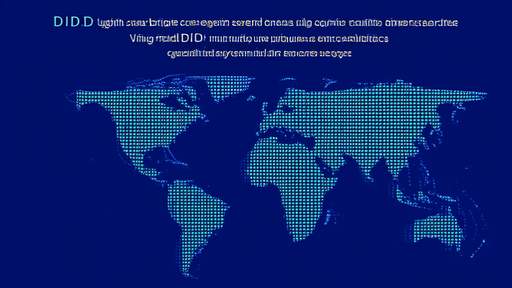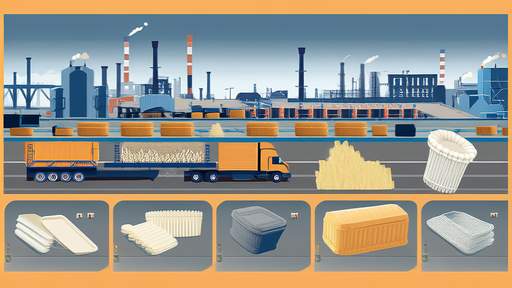The commercial adoption of flexible displays has long been heralded as the next frontier in consumer electronics, promising to revolutionize industries from smartphones to wearables and beyond. Yet despite years of development and occasional high-profile product launches, widespread market penetration remains elusive. The gap between technological potential and real-world application reveals a complex web of challenges that manufacturers, suppliers, and brands must navigate.
Material science limitations continue to pose significant hurdles for mass production. While laboratory prototypes demonstrate impressive flexibility and durability, translating these properties to cost-effective manufacturing at scale proves difficult. The organic light-emitting diode (OLED) materials that enable flexibility remain sensitive to moisture and oxygen, requiring sophisticated encapsulation techniques that drive up production costs. Even minor imperfections in these protective layers can lead to rapid degradation, resulting in shorter product lifespans that undermine consumer confidence.
The manufacturing infrastructure required for flexible displays represents another substantial barrier. Traditional display fabrication relies on rigid glass substrates processed in environments designed for planar geometries. Retooling factories to handle flexible materials demands massive capital investment, with many manufacturers hesitant to commit until clearer market signals emerge. This chicken-and-egg dilemma slows the industry's ability to achieve the economies of scale necessary to make flexible displays price-competitive with conventional screens.
Consumer electronics brands face design integration challenges that go beyond the display itself. Flexible screens require entirely new approaches to device architecture, including innovative solutions for batteries, circuit boards, and protective casings that can withstand repeated bending. The mechanical stresses imposed by flexibility create points of failure throughout the entire product ecosystem. Many companies discover that incorporating a flexible display necessitates redesigning nearly every component in their devices, dramatically increasing development costs and time-to-market.
Market readiness presents another layer of complexity. While foldable smartphones have captured media attention, consumer adoption rates remain modest. High price points coupled with concerns about durability create hesitation among mainstream buyers. The value proposition of flexible displays often fails to resonate with practical consumer needs, leaving many to question whether the technology solves problems users actually care about. This uncertainty makes retailers and carriers reluctant to heavily promote flexible display products, further limiting their market exposure.
The supply chain for flexible display components remains fragmented and immature compared to traditional display technologies. Specialized materials often come from single-source suppliers, creating vulnerabilities to disruptions. The lack of standardization across different manufacturers' approaches to flexible displays compounds these issues, making it difficult for device makers to switch suppliers or implement dual-sourcing strategies. These supply chain uncertainties add risk to product planning cycles and can lead to constrained availability in the market.
Software optimization represents an often-overlooked bottleneck in flexible display adoption. Current operating systems and applications were primarily designed for static screen geometries. While some manufacturers have developed custom interfaces for their foldable devices, the lack of universal standards means developers must create multiple versions of their apps to support different implementations. This fragmentation discourages software investment in flexible display optimization, limiting the ecosystem's growth potential.
Looking ahead, the industry faces critical questions about where flexible displays can deliver genuine user value beyond technological novelty. Some analysts suggest the technology may find its strongest initial adoption in specialized industrial applications or medical devices where flexibility provides clear functional advantages. Others believe the consumer market will gradually embrace foldable and rollable form factors as prices decline and durability improves. What remains certain is that overcoming the current bottlenecks will require coordinated efforts across material science, manufacturing, product design, and software development - a challenge as complex as the technology itself.

By /Jun 3, 2025

By /Jun 3, 2025

By /Jun 3, 2025

By /Jun 3, 2025

By /Jun 3, 2025

By /Jun 3, 2025

By /Jun 3, 2025

By /Jun 3, 2025

By /Jun 3, 2025

By /Jun 3, 2025

By /Jun 3, 2025

By /Jun 3, 2025

By /Jun 3, 2025

By /Jun 3, 2025

By /Jun 3, 2025

By /Jun 3, 2025

By /Jun 3, 2025

By /Jun 3, 2025

By /Jun 3, 2025

By /Jun 3, 2025